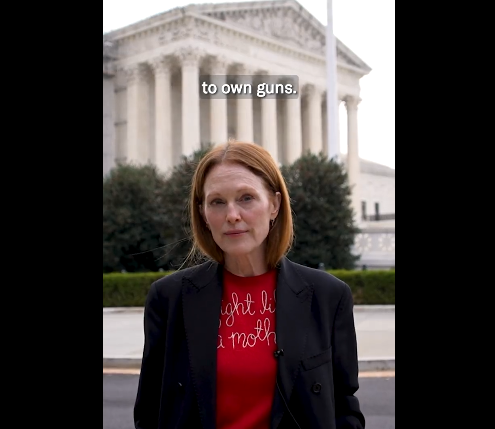Is it all true or is the Left trying to create issues that do not exist?
Tensions between U.S. Supreme Court Justices Amy Coney Barrett and Clarence Thomas are expected to intensify in the resolution of a significant gun rights case. The case at hand, involving a man named Rahimi who challenged a federal law after being placed under a domestic violence restraining order, highlights fundamental disagreements between the justices regarding the interpretation of the Second Amendment.
In United States vs. Rahimi, the Supreme Court weighs the question: Can the government prohibit a person subject to a domestic violence protective order from possessing a firearm? Read expert analysis of the case and what's at stake here: https://t.co/iXRcfoFmzf pic.twitter.com/YleHM97iZQ
— American Bar Association (@ABAesq) June 16, 2024
Rahimi’s legal troubles began when he assaulted his girlfriend during an attempt to leave his car and subsequently fired a warning shot at a bystander who intervened. This incident led to a restraining order that prohibited Rahimi from approaching his ex-girlfriend and her daughter. Despite this, Rahimi engaged in a series of violent actions over several months, including shooting incidents at a restaurant and towards a truck driver on a highway.
The core of the dispute between Barrett and Thomas surfaced during the Supreme Court’s oral arguments. Thomas questioned why a criminal defendant should be constrained by a civil remedy such as a restraining order. In response, Barrett highlighted the specific provisions of Rahimi’s restraining order, reading aloud the list of violent actions and threats he made against his ex-girlfriend, underscoring the dangers he posed.
I can't believe no one else has thought about this! #HunterBidenTrial will walk. People wake up. Keep your eyes on SCOUTS case United States v. Rahimi pic.twitter.com/qsMBbJVXei
— Benjamin Martin (@OneRealPOV) June 12, 2024
Barrett’s actions during the arguments suggest a sharp divergence from Thomas’s interpretation of the Second Amendment. Thomas adheres to a strict constructionist approach, advocating for a reading of the Constitution that suggests there should be no restrictions on the gun rights of U.S. citizens as originally framed by the founders. In contrast, Barrett’s perspective appears to recognize the practical implications of gun ownership restrictions in the context of modern issues such as domestic violence.
If Amy Coney Barrett breaks with Conservatives in the gun case, known as United States v. Rahimi, and if she can persuade at least one other conservative justice to join her, they could align with the court’s three liberals to uphold the gun control law. https://t.co/Pd68ERtnpW
— Ramon Diego (@RamonDiegos) June 19, 2024
The case, United States v. Rahimi, is set to be decided soon, with expectations running high for a revealing decision that will clarify the justices’ positions. This decision will likely showcase the continuing ideological divides within the Court, particularly among its conservative members, on how best to balance constitutional rights with public safety concerns in contemporary America.
Major Points
- Supreme Court Justices Amy Coney Barrett and Clarence Thomas exhibit significant ideological differences in a pivotal gun rights case involving a man named Rahimi.
- Rahimi, involved in domestic violence, challenges a federal law that restricts gun ownership for individuals under civil restraining orders.
- During oral arguments, Justice Thomas questions the application of civil remedies like restraining orders in criminal contexts, showing a strict interpretation of the Second Amendment.
- Justice Barrett counters by emphasizing the specific threats and violent actions listed in Rahimi’s restraining order, highlighting the need for such restrictions.
- The upcoming decision in United States v. Rahimi is expected to reveal deep divisions within the Court’s conservative bloc, particularly regarding the balance between gun rights and public safety.
Conner T – Reprinted with permission of Whatfinger News



